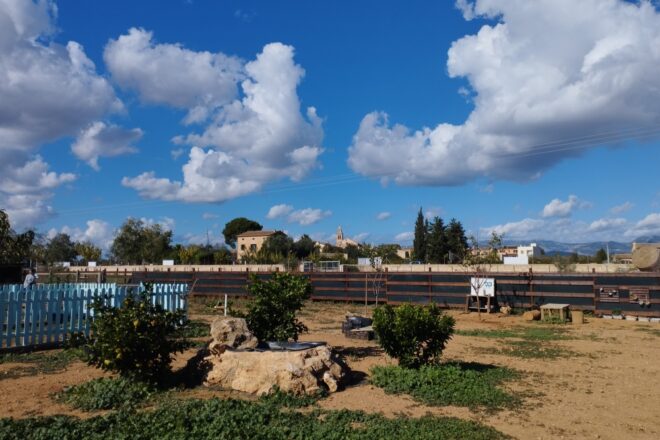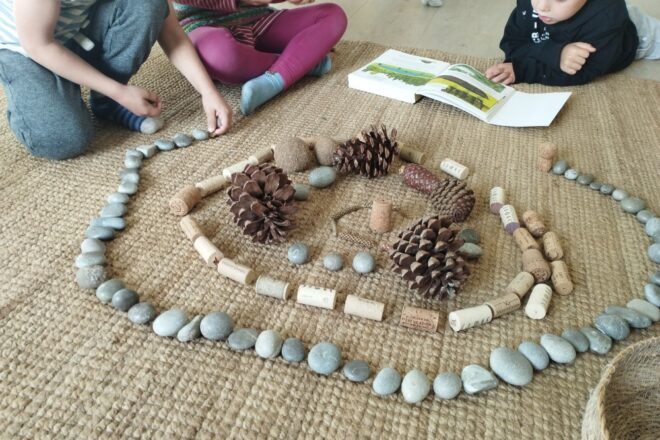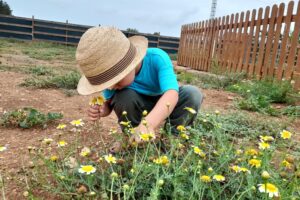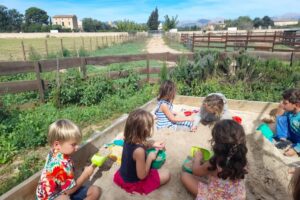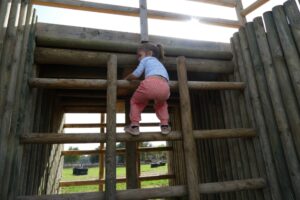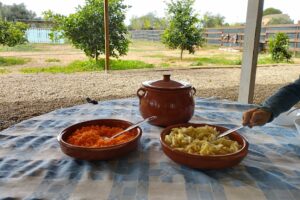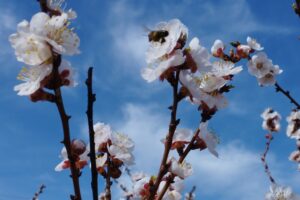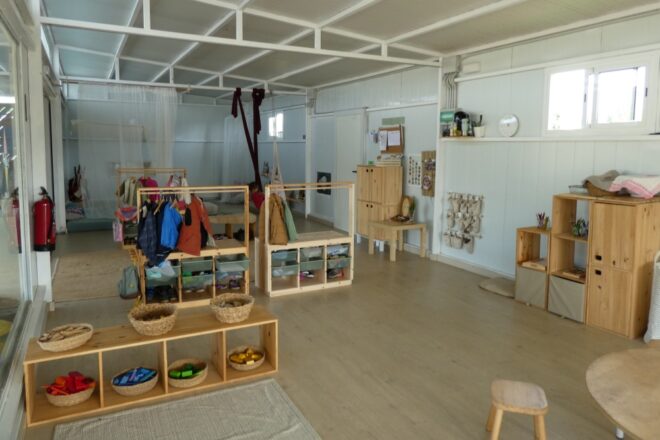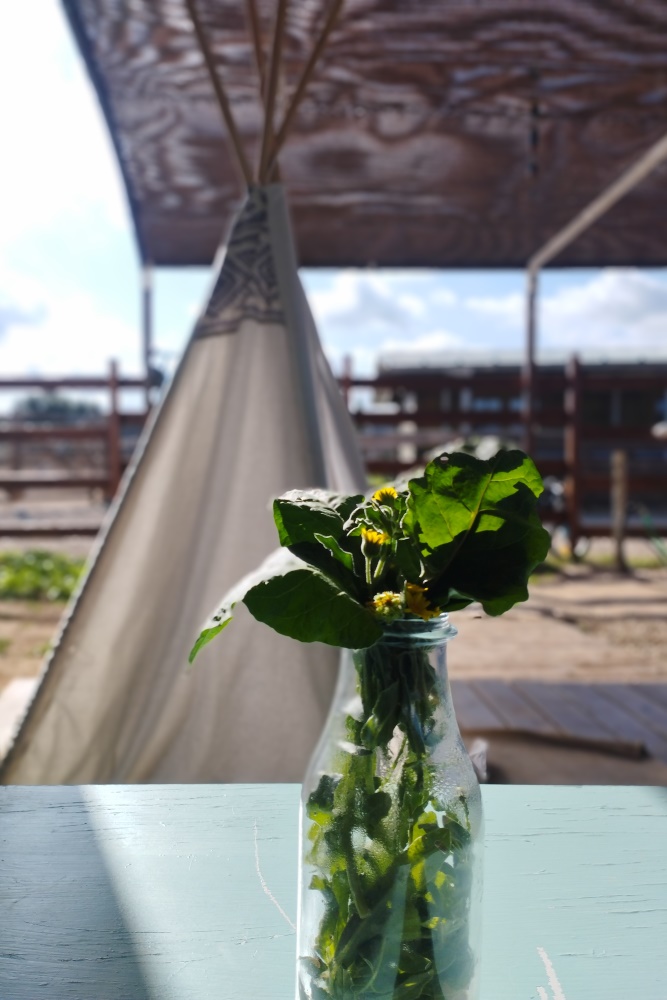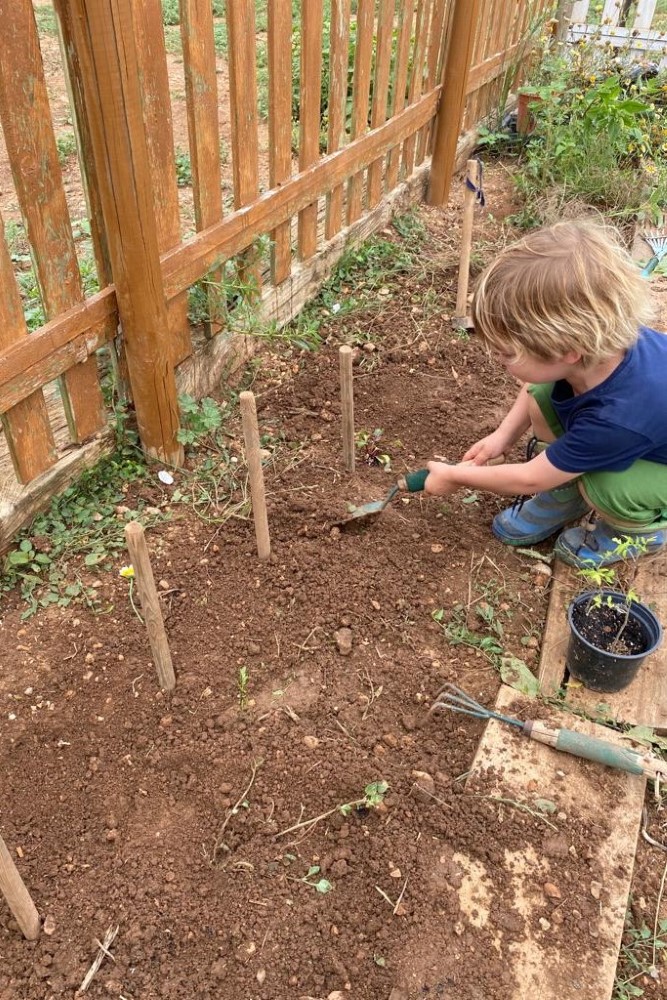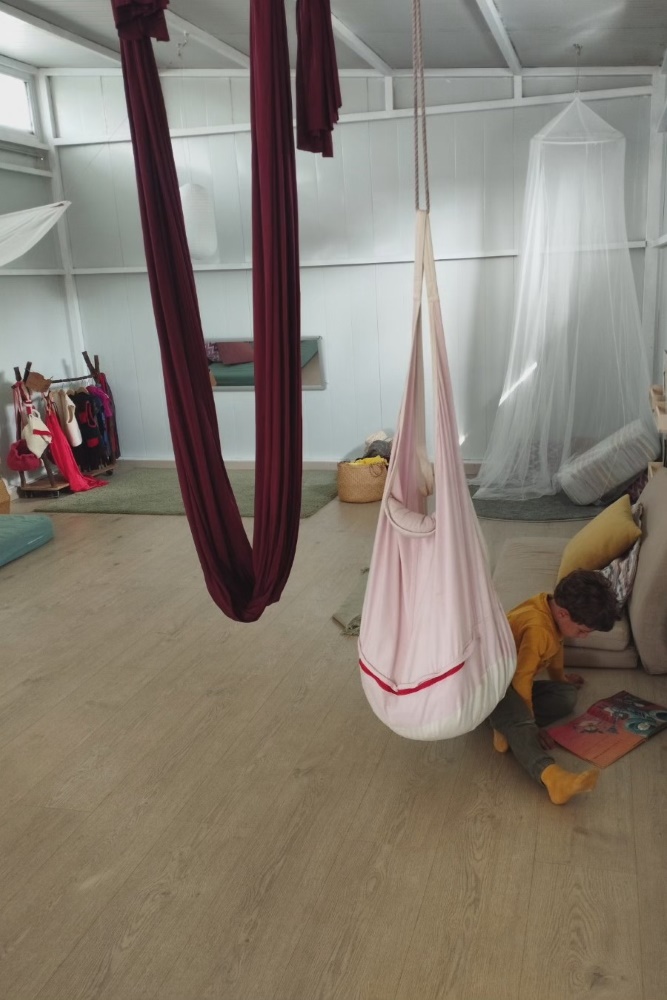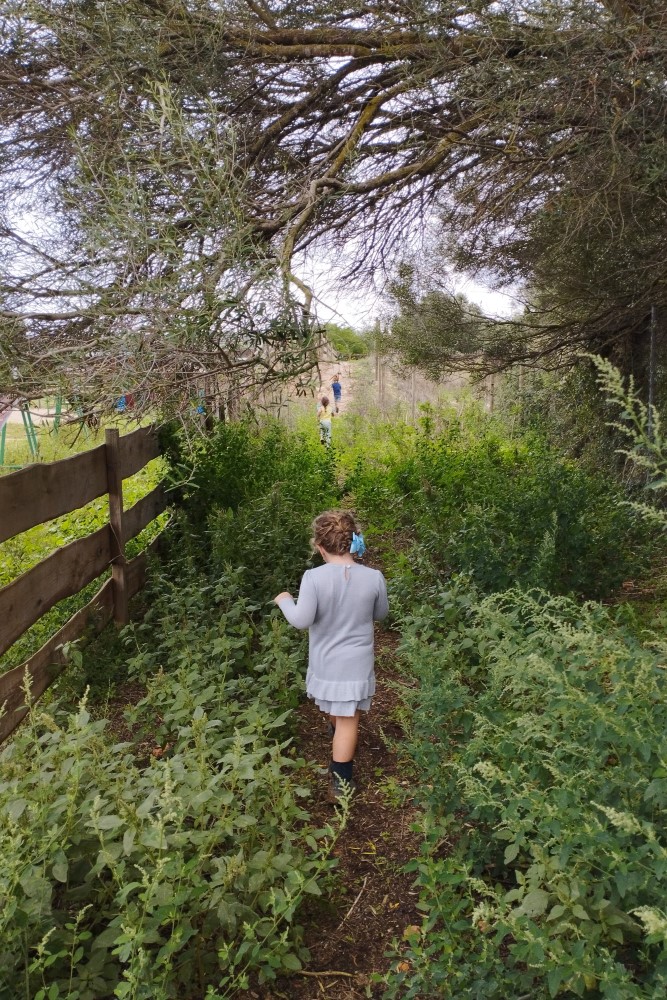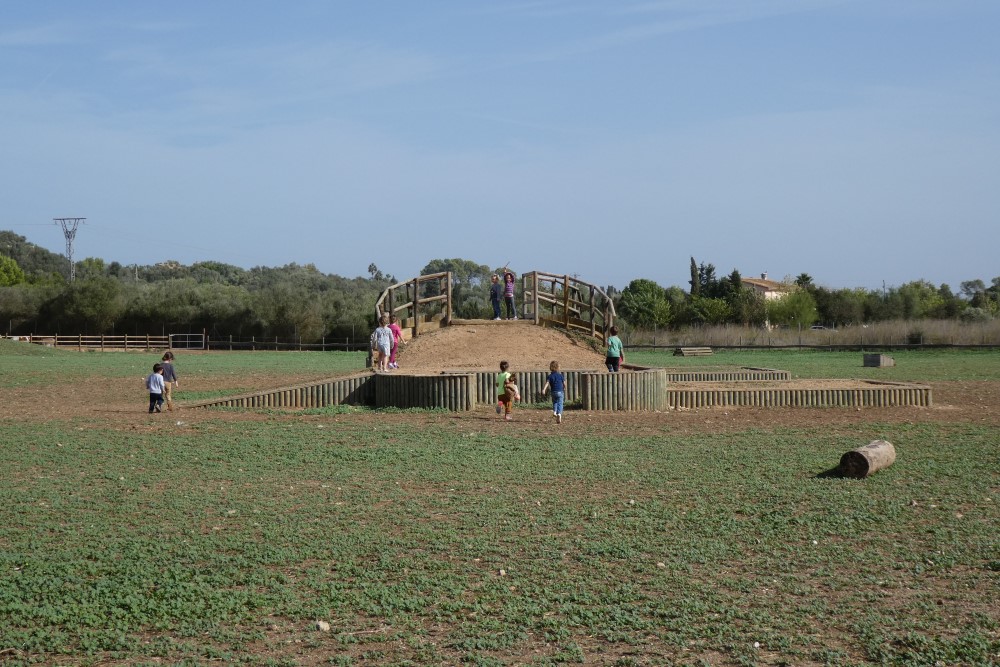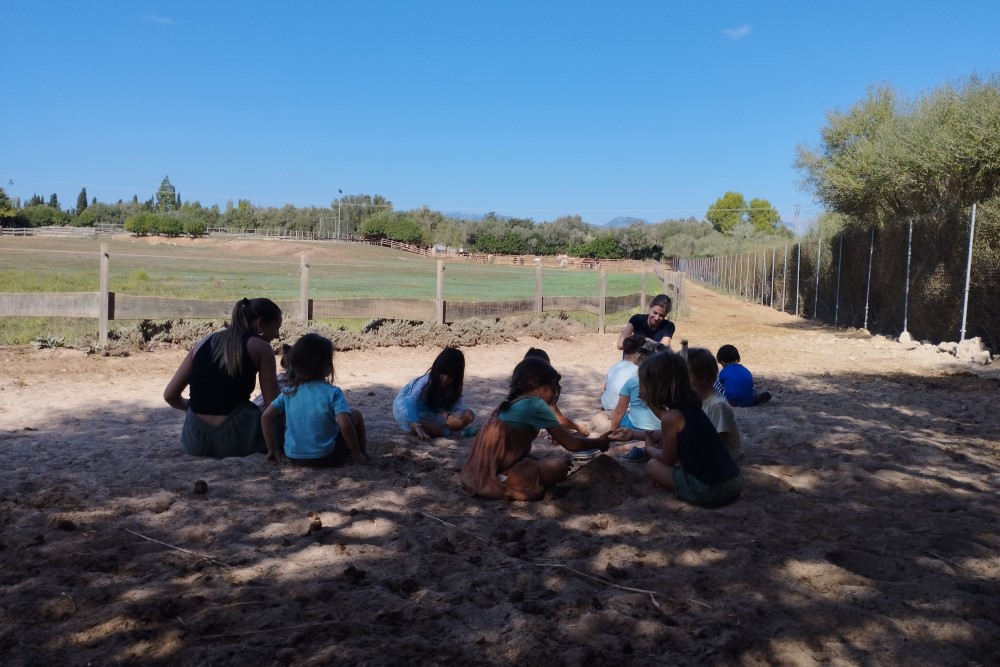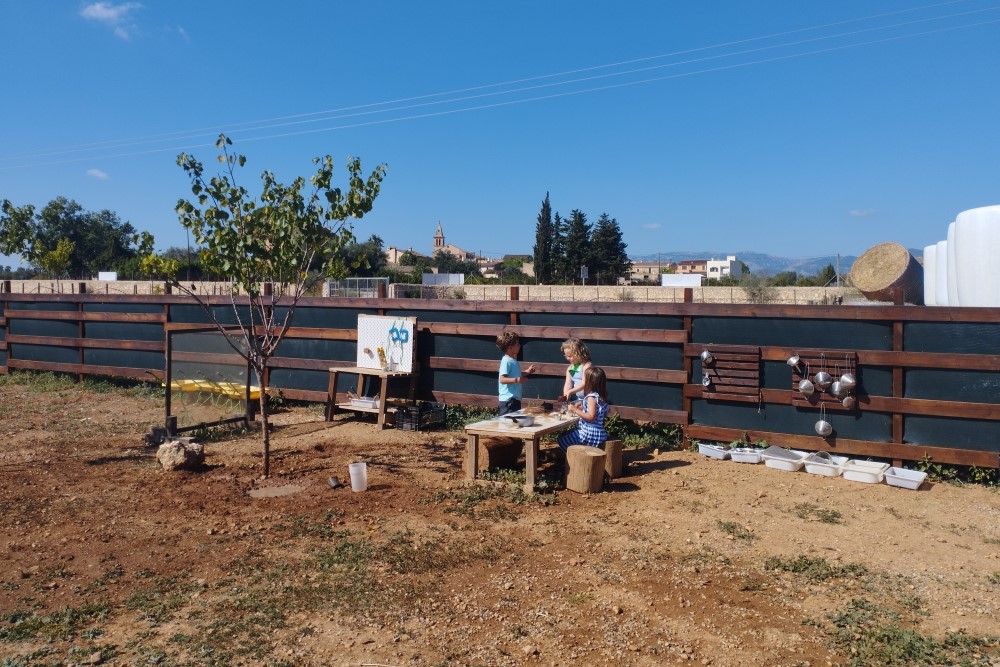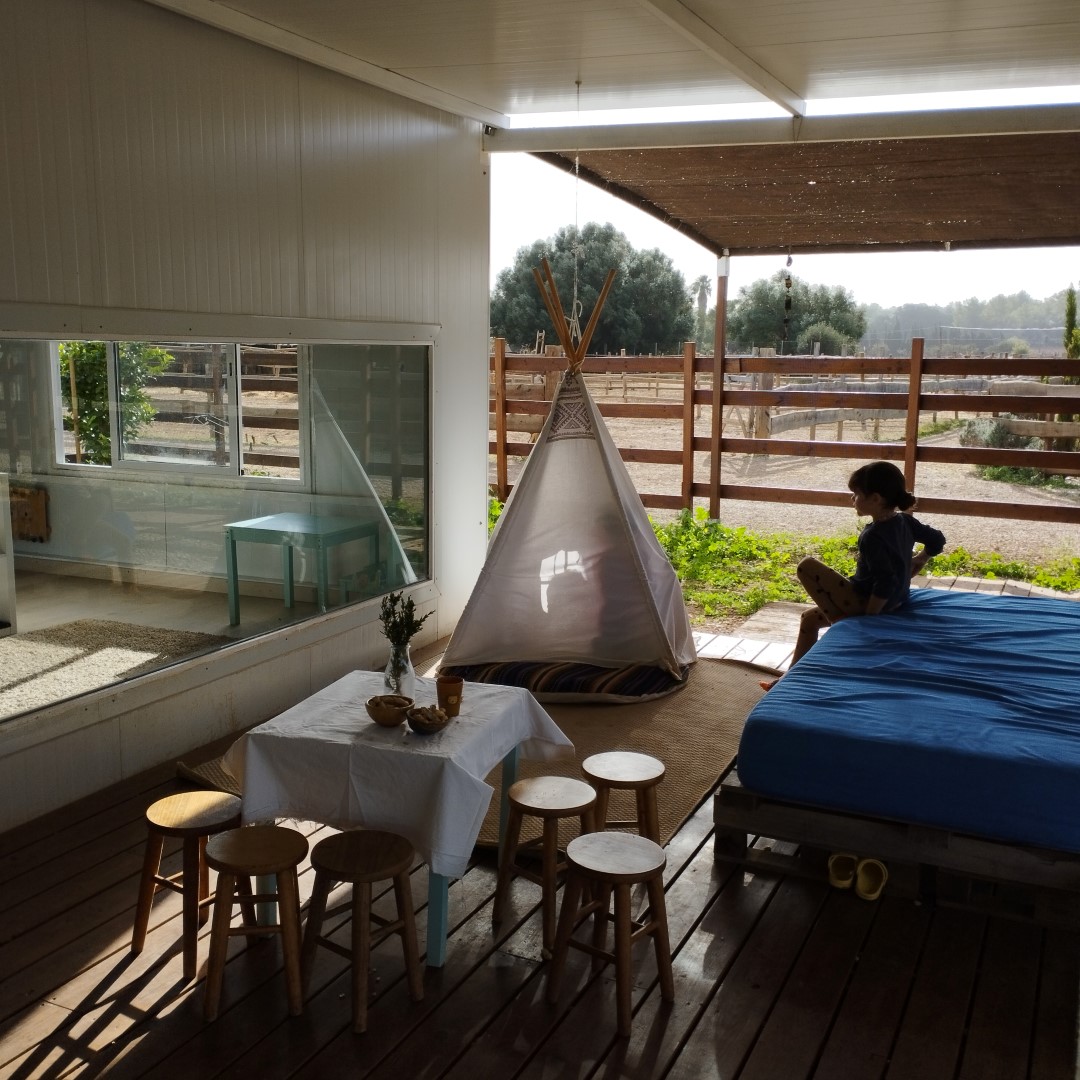If we had to define the concept of Nexes in a single sentence it would be this: “Nexes, an integral experience of education in nature”.
This concept gives the project its name and derivates from the Latin word for knot or interlacing. So, we understand Nexes as the approach, the connection, and the union of the child to nature and the processes that occur in it. Living in a natural environment implicitly offers a rich and valuable learning experience: respect, awareness, care, and appreciation of this nature that we live day by day and that, step by step, we understand.
With Nexes we want to give birth to a system in which the explosion of movement, the connection with the natural environment and animals, learning through free play, emotional awareness, and accompaniment from the respect for the needs of the stage and the individual rhythms of each child, are the main axes of the project.
This is a proposal aimed at the second cycle of infant education (for children between 3 and 6 years of age) that has been designed from a perspective of care and respect, considering the stage of development that children of these ages go through and their needs. The pedagogical project is developed by three professionals in the field of education, early childhood education teachers, trained in respectful pedagogy and continuously maturing their knowledge through the study of non-directive educational styles, family accompaniment, systemic pedagogy, animal-assisted interventions, among others.
The activity takes place at S’Hort Vell, the estate of the same name located at the gates of the village of Biniali (in the municipality of Sencelles), Mallorca.

